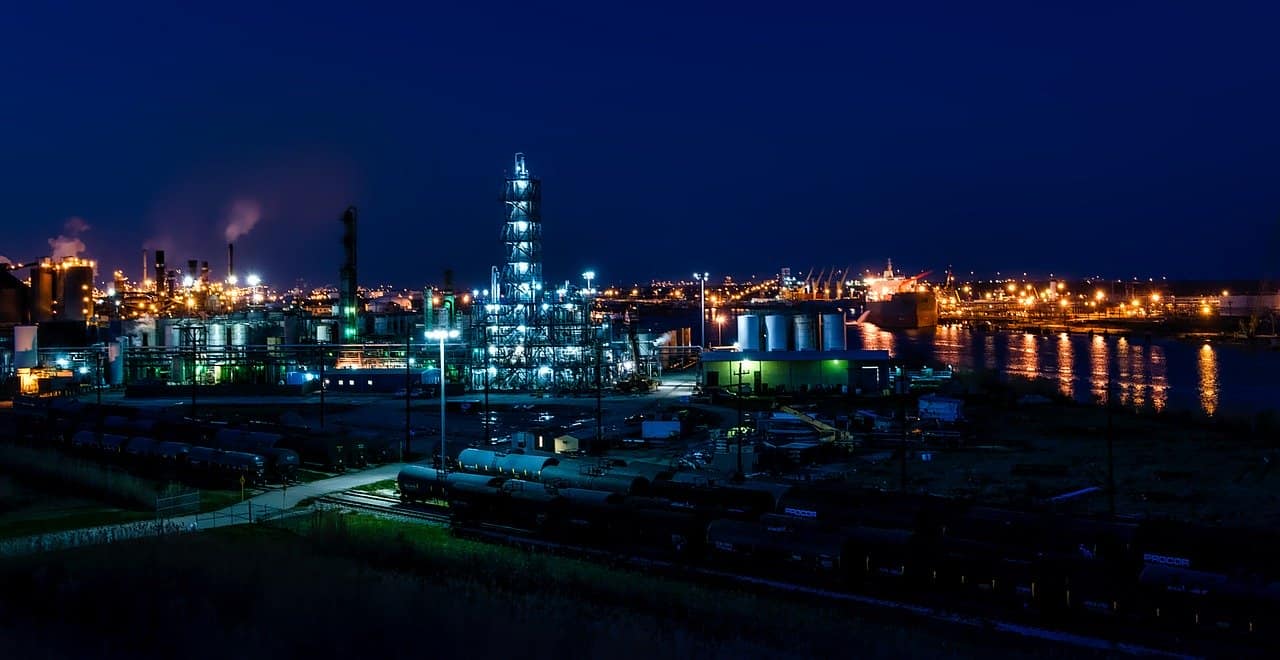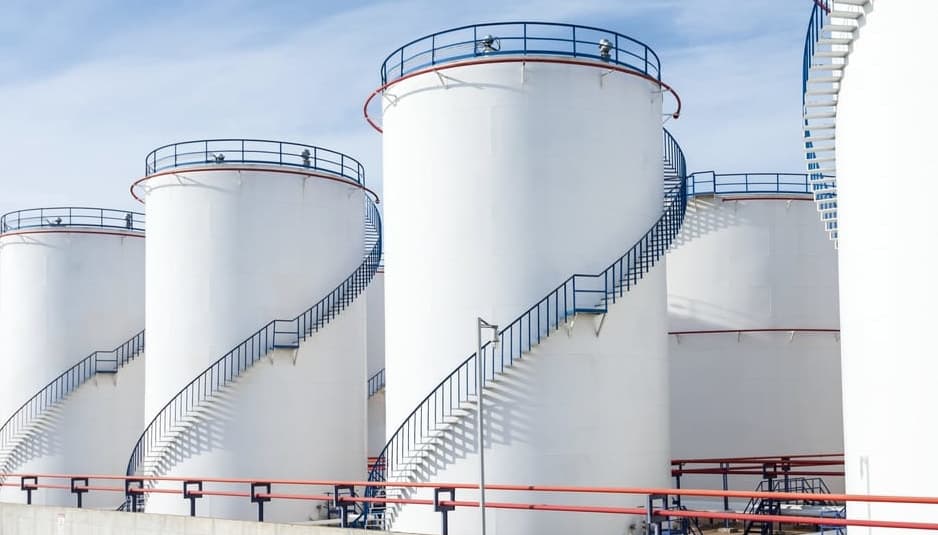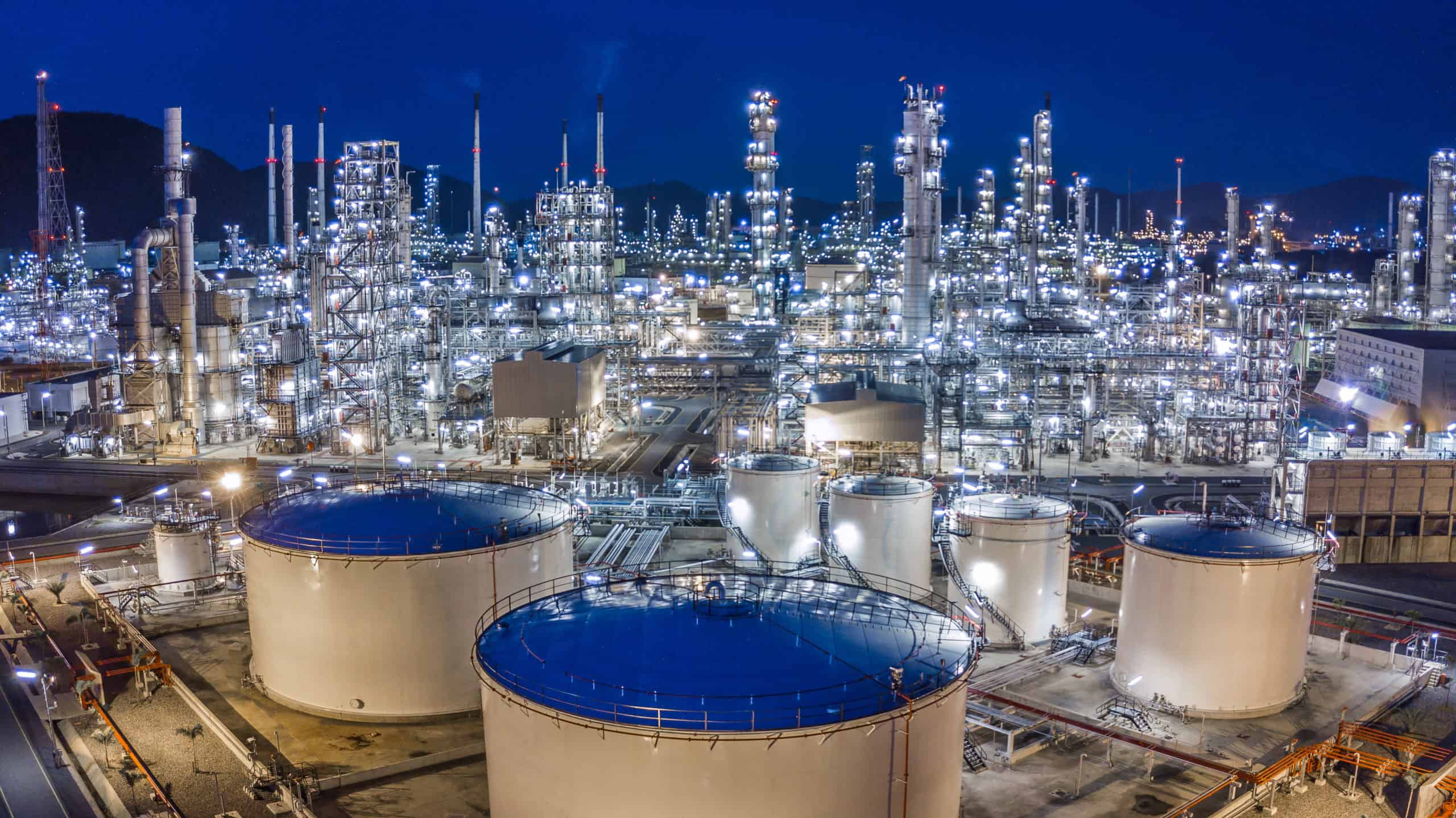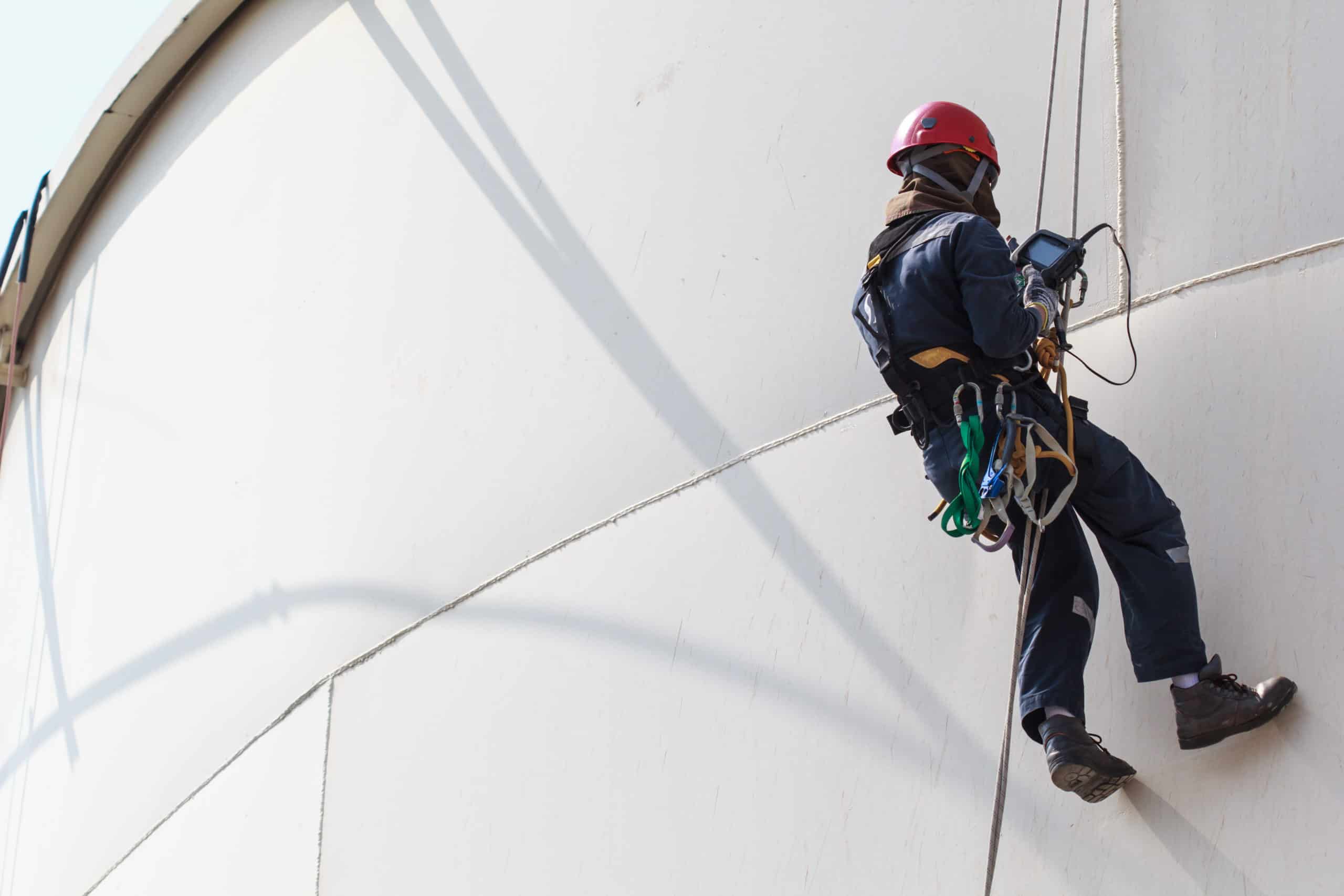What is Risk-Based Inspection (RBI) and Do I Need It?
API-580 defines Risk-Based Inspection as “A risk assessment and management process that is focused on the loss of containment of pressurized equipment in processing facilities, due to material deterioration.”
Simply put, RBI risk ranks equipment based on the relation between the assets Probability of Failure (PoF) vs Consequence of Failure (CoF). An asset with a high likelihood of failure that also has severe consequences should it fail would be considered a “High” risk asset and assigned some value appropriate to the model used. Also, the result of an RBI study establish inspection/mitigation plans and sets the frequency at which they must be performed as well as the extent of the inspection/mitigation activities. The RBI will focus your inspection and engineering efforts on what’s needed, optimizing your time and money. It focuses on specific damage mechanisms so you can optimize and prioritize inspection efforts.
With multiple industries continually seeking improvements in operation, reliability, and cost optimization, it only makes sense that equipment inspections would trend in the same direction. Inspection is typically driven by safety, reliability, and cost. Those who seek to be competitive in the market must ensure inspections are effective and optimize costs as well. API 580 / API 581 principles have been implemented throughout the industry and there is a strong case to be made for its use and value when correctly applied.
Risk-based inspections (RBI) have become a major part of many MI programs and continue to allow the cost of an inspection to be optimization while overall risk exposure is reduced. It is normal to see a 4:1 return on investment (ROI) over a four-year turnaround cycle. Cost savings come from reduced inspection intervals of low-risk equipment and from reducing the extent of inspections required as well as their associated craft support needs.
What is Mechanical Integrity (MI)? Why Do I Need It?
Mechanical Integrity is a huge component of engineering and inspection, providing a comprehensive overview of a facility’s equipment lifespan. Simply put, MI is the management of critical process equipment to ensure it is designed and installed correctly. It also covers the reliability of process equipment and ensures that it is maintained adequately over the course of its life.
MI programs and procedures should be based on regulatory requirements set forth at the federal and local level while following recognized and generally accepted good engineering practices (RAGAGEP). MI programs utilize inspection and testing measures within procedures and codes to monitor and predict things like the remaining life of the equipment.
Using inspection techniques such as non-destructive techniques and visual assessment, InServe specialists help optimize the costs revolving around the reliability of our customers. Such services reduce the risk of critical failure that could endanger personnel and cause major environmental incidents, facility downtime, and much more.
What is Non-Destructive Testing (NDT/NDE)?
Fixed equipment assets in a facility require periodic inspections to assure their Mechanical Integrity. It is also critical to ensure proper testing is completed when constructing new equipment, buildings, ships, airplanes, and much more. However, destructive techniques, like taking a coupon, are most of the time impossible since the equipment is in service.
With the technological advances in the last century, multiple methods have been successfully developed to study industrial components without impacting their structure and integrity.
Traditional methods are utilized to measure the remaining thickness, assess corrosion, detect cracking mechanisms in the metallurgical component, and much more. A plethora of advanced techniques also can be used to evaluate with greater detail the deterioration of equipment.
What type of Above Ground Storage Tank (AST) Do I Have? What Code to Inspect By?
So, you have Aboveground Storage Tanks (ASTs) at your facility. Which tank inspection code governs? What inspection protocols apply?
Steel Tank Institute STI SP001 OR American Petroleum Institute API 653?
There are many determining factors to consider when deciding which code governs your inspections. We will list the major differences to help you better understand what code to use when inspecting your storage tanks.
STI SP001
STI SP001 is a standard that gives inspection and evaluation criteria for determining if your tank is fit for continued service. The tanks covered in the scope of this code are as follows:
- Shop fabricated tanks
- Field-erected tanks
- Portable containers
STI tanks are typically built to UL 142 or API 12C.
API 653
API 653 is a standard that covers steel storage tanks. In this inspection code, minimum requirements for maintaining the integrity of the tanks are outlined. It thoroughly details inspection, repair, alteration, relocation, and reconstruction of tanks. The scope of this code is limited to the following:
- Tank foundation
- Bottom
- Shell
- Structure
- Roof
- Attached appurtenances
- Nozzles
API tanks are built to API 650 or API 12C, however, owner users can apply this standard to any steel tank, if it is constructed within the code limits.
To learn more about what type of tank inspections your facility needs, contact our experts today!
What is Corrosion Under Insulation (CUI)?
Corrosion under insulation, often known as CUI, is a damage mechanism that affects nearly every facility with insulated equipment or piping.
CUI can occur at locations of damaged insulation, improperly sealed penetration points and low-lying areas that hold moisture. CUI can happen regardless if the equipment is in service, out of service, or in cyclic service. There are different temperature ranges that affect the aggressiveness of CUI for different materials.
Often facilities waste needless budget dollars trying to identify and/or mitigate CUI. Without a proper CUI program implemented it’s like searching for a needle in a haystack. InServe helps to optimize these efforts by identifying and inspecting suspect areas that are prone to CUI. We can also aid in the efforts to mitigate the effects of CUI.
Some of the ways InServe helps facilities optimize costs of CUI include:
- Identifying suspect areas
- Prioritizing inspections based off susceptibility
- Implementing screening methods to focus inspection efforts
- Mitigating the effects of CUI
- Digitization and management or data in a CUI program
For more information on Corrosion Under Insulation (CUI) and how to inspect for it, get in touch with our experts today! We can help you develop a comprehensive program to handle your CUI inspections.
What is the Difference Between a Vessel and a Tank?
Pressure vessels include containers like heat exchangers, storage tanks, and boilers – anything designed specifically for liquid or gas containment at high pressure. They require regular maintenance and inspection because high pressures and temperatures damage equipment over time, and if pressurized liquids or gas escape, failure could cause serious consequences.
Storage tanks aren’t pressurized. They’re just big receptacles for liquids, most commonly water, oil, and petrochemicals. They can be vertical or horizontal, large or small, underground, or above ground. Because they contain liquids, they’re all susceptible to corrosion and bacterial growth, so they require regular maintenance and inspection.




